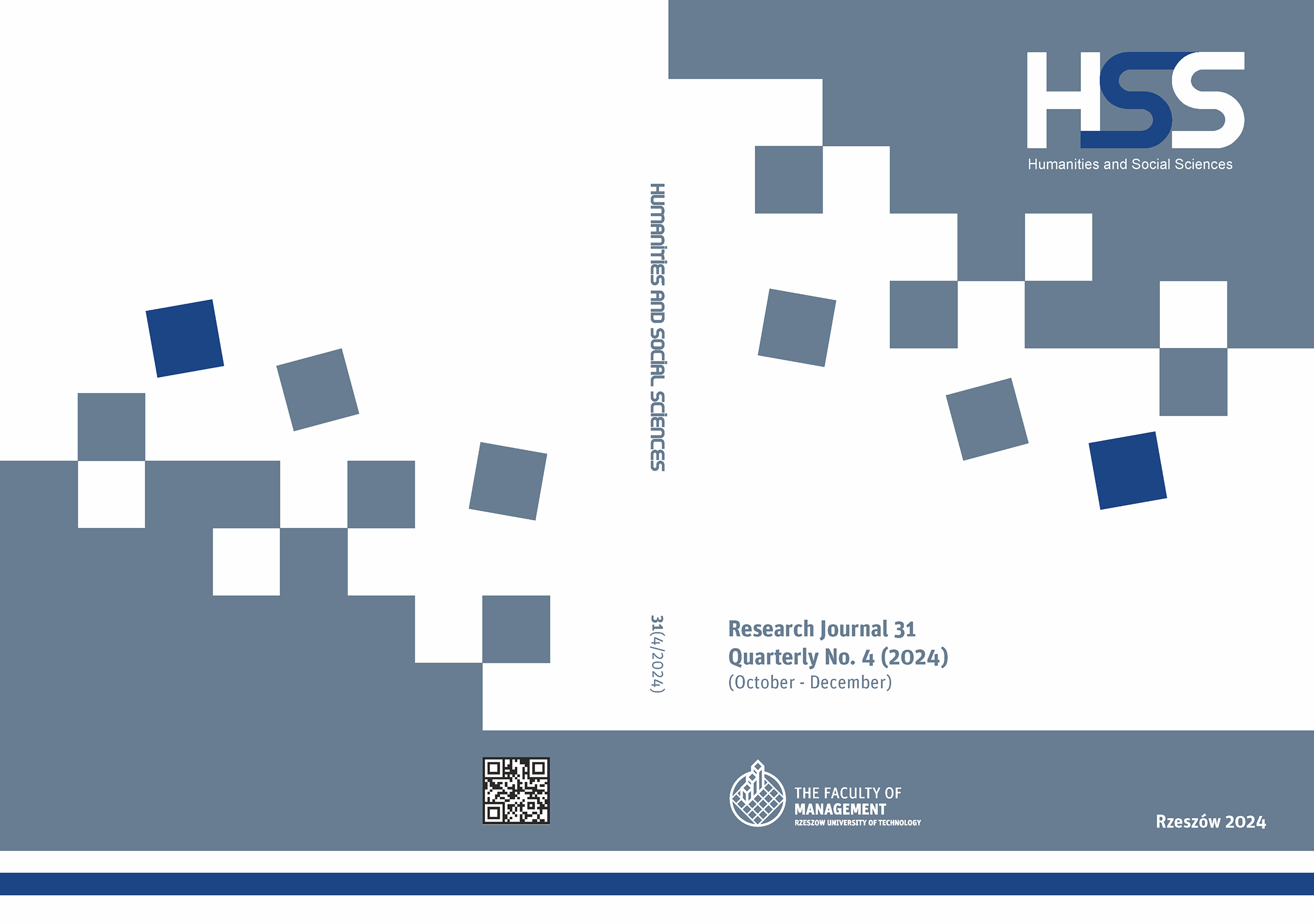Abstract
The article analyzes the results of a survey that assesses the knowledge and attitude of Generation Y Polish representatives toward the functioning of the local currency. The empirical material consists of the results of surveys conducted among a group of 619 Polish residents belonging to Generation Y. The analysis of the survey results confirmed the research hypothesis, which assumes that despite the low level of knowledge of Generation Y representatives about the functioning of local currencies, their attitude towards such a means of payment allows us to conclude that the carrying out of a large-scale educational campaign may significantly impact the development of complementary currencies in Poland. The work is mainly directed at local government officials and local initiative groups that want to influence the development of local entrepreneurialism and increase the wealth of residents by introducing local currency into circulation.
References
Bircher-Suits, B., Felix Ertle, F. (2021). Architekturbüros, Striplokale und Coiffeursalons nutzen die WIR-Währung: Doch was taugt sie heute noch? Access on the internet: https://www.nzz.ch/finanzen/aktien/was-taugt-die-wir-waehrung-heute-noch-ld.1649389.
Blanc, J. (2011). Classifying CCs: Community, complementary and local currencies’ types and generations. “International Journal of Community Currency Research”, 15(D).
Collom, E. (2011). Motivations and differential participation in a community currency system: the dynamics within a local social movement organization. “Sociological Forum”, 26(1). DOI: 10.1111/j.1573-7861.2010.01228.x.
Dittmer, K. (2013). Local currencies for purposive degrowth? A quality check of some proposals for changing money-as-usual. “Journal of Cleaner Production”, 54. DOI:10.1016/j.jclepro.2013.03.044.
Douthwaite, R. (1999). The Ecology of Money. Bristol: Green Books.
Gesell, S. (1958). The Natural Economic Order. London: Peter Owen Ltd.
https://www.hengersberg.de/de/markt-hengersberg/geschichte/waera.html.
https://de.wikipedia.org/wiki/W%C3%A4ra.
Kennedy, M., Lietaer, B. (2004). Regional-währungen. Riemann, München.
Kennedy, M., Lietaer, B., Rogers, J. (2012). People Money. The Promise of Regional Currencies. Triarchy Press.
Lietaer, B. (1999). Das Geld der Zukunft. München: Riemann.
Pacione, M., (2011). Local money – a response to the globalisation of capital? “Quaestiones Geographicae”, 30(4). DOI: 10.2478/v10117-011-0033-x.
Ranalli, B. (2013). Local Currencies: A Potential Solution for Liquidity Problems in Refugee Camp Economies. “Journal of Refugee Studies”, 26(4), December. DOI: 10.1093/jrs/fet049.
Sołtysiak, M. (2020). Rynek walutowy. Rzeszów: Oficyna Wydawnicza Politechniki Rzeszowskiej.
—— (2021). Waluta lokalna – empiryczna analiza poziomu znajomości i akceptacji wśród młodego pokolenia. “Annales Universitatis Mariae Curie-Skłodowska Lublin – Polonia Sectio H – Oeconomia”, Vol. 55, No. 1.
Swann, R., Witt, S. (1995). Local Currencies: Catalysts for Sustainable Regional Economies. Great Barrington: E.F. Schumacher Society.
Tóth, I.B. (2011). The Function of Local Currencies in Local Economic Development. “Public Finance Quarterly, State Audit Office of Hungary”, Vol. 56(1).


